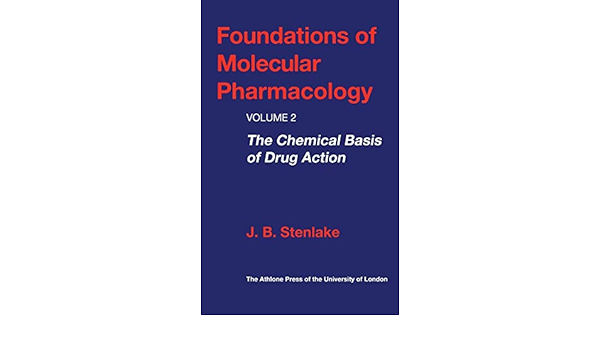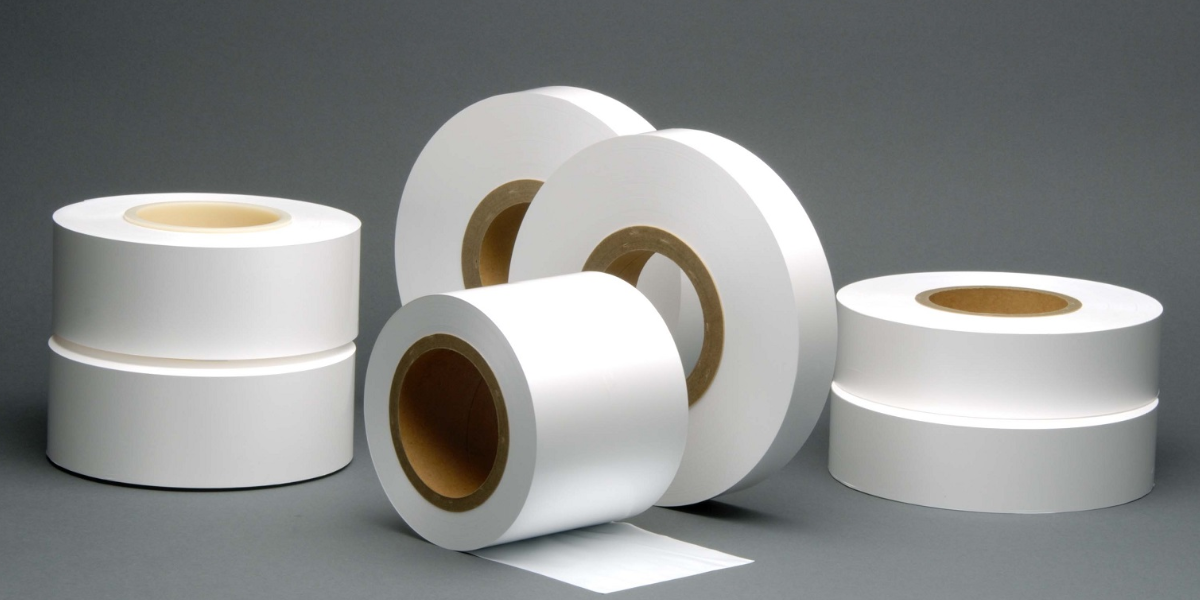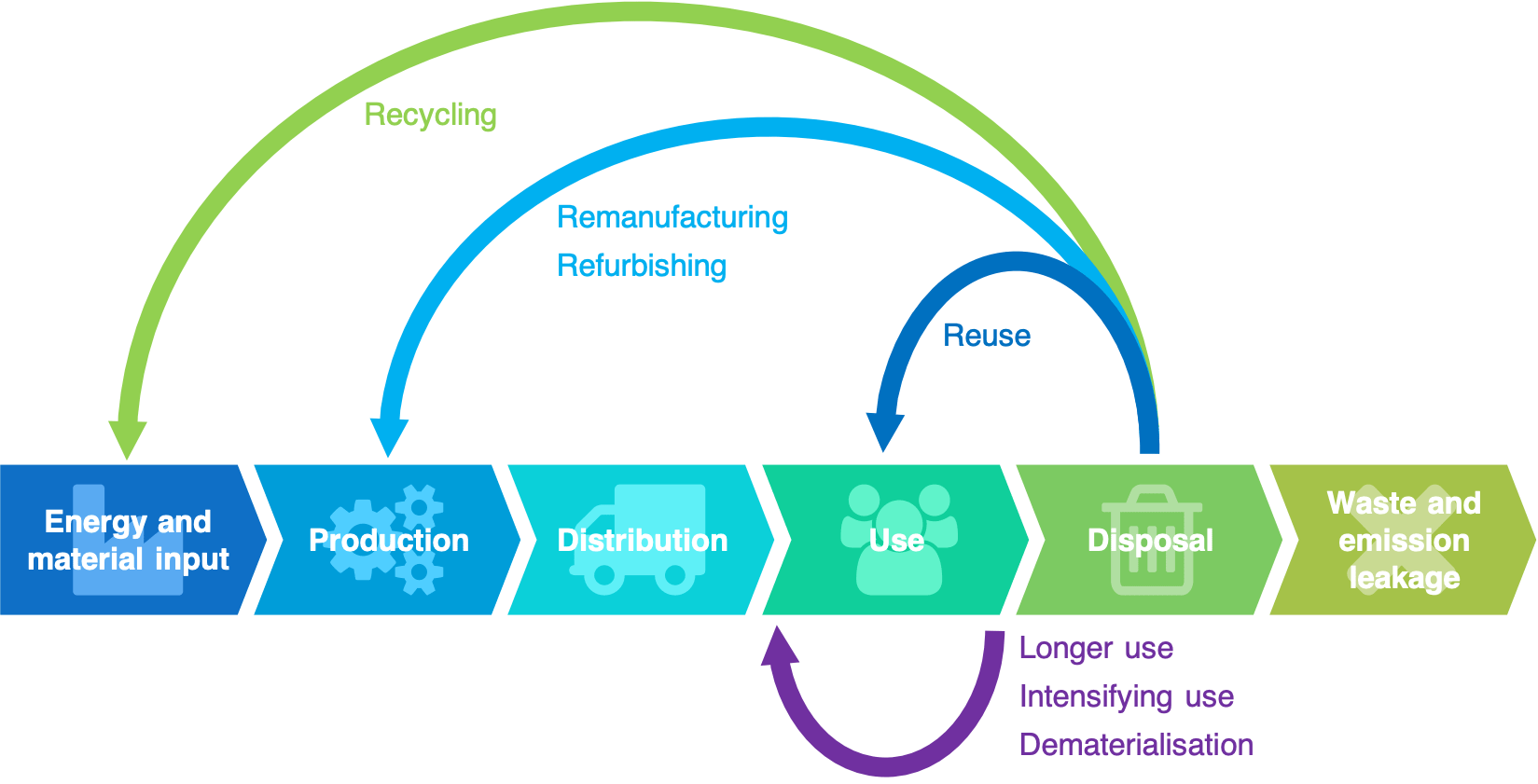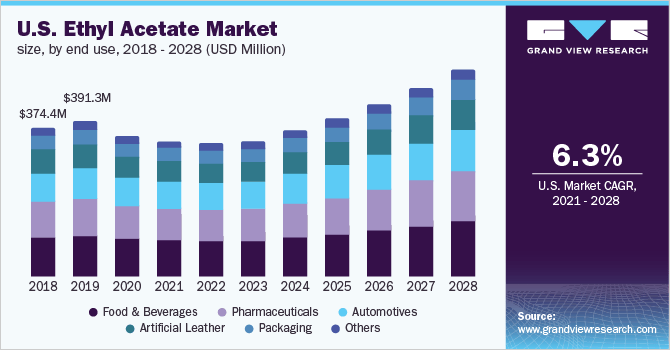The pharmaceutical industry stands at the forefront of advancing human health, and at the heart of this endeavor lies the intricate science of chemistry. In this comprehensive guide, we will unravel the chemical processes, innovations, and methodologies that drive drug discovery and the development of life-saving pharmaceuticals.
**1. The Journey of Drug Discovery and Development
a. Target Identification: Identifying specific molecules or biological processes that can be targeted to treat diseases.
b. Lead Compound Identification: Screening libraries of chemical compounds to find potential candidates for drug development.
**2. Medicinal Chemistry: Designing Effective Drugs
a. Structure-Activity Relationships (SAR): Understanding how the chemical structure of a compound affects its biological activity.
b. Optimization of Drug Candidates: Fine-tuning lead compounds to enhance efficacy, safety, and selectivity.
**3. Drug Targets and Mechanisms
a. Receptor Interaction: How drugs interact with specific receptors or proteins in the body to produce therapeutic effects.
b. Enzyme Inhibition: Drugs that target specific enzymes to modulate biological pathways and treat diseases.
**4. Formulation and Delivery: Turning Compounds into Medications
a. Pharmaceutical Formulation: Preparing drugs in forms suitable for administration, such as tablets, capsules, or injections.
b. Drug Delivery Systems: Utilizing innovative technologies for controlled release, targeted delivery, and improved bioavailability.
**5. Pharmacokinetics and Pharmacodynamics
a. Absorption, Distribution, Metabolism, and Excretion (ADME): Understanding how drugs are absorbed, distributed, metabolized, and eliminated by the body.
b. Drug-Response Relationships: Analyzing how drugs produce their effects and the relationship between dose and response.
**6. The Drug Development Pipeline
a. Preclinical Testing: Evaluating the safety and efficacy of potential drug candidates in laboratory and animal studies.
b. Clinical Trials: Rigorous testing in human populations to assess safety, efficacy, and optimal dosages.
**7. Regulatory Approval and Market Access
Navigating the rigorous regulatory processes and requirements to bring a new drug to market.
**8. Pharmaceutical Innovations: The Cutting Edge of Medicinal Chemistry
a. Biologics and Monoclonal Antibodies: Utilizing biological molecules to target diseases with precision.
b. Gene Therapies and Personalized Medicine: Tailoring treatments based on an individual’s genetic makeup for enhanced efficacy.
**9. Combating Drug Resistance
Developing strategies to overcome challenges posed by the emergence of drug-resistant strains or mutations.
**10. Drug Repurposing and New Therapeutic Modalities
Exploring alternative uses for existing drugs and innovative approaches like RNA-based therapies.
**11. Global Health and Access to Medicines
Addressing disparities in healthcare access and finding sustainable solutions for delivering medications worldwide.
**12. Emerging Technologies in Drug Discovery
Leveraging artificial intelligence, machine learning, and computational methods to accelerate the drug discovery danatoto process.
Conclusion: Chemistry’s Vital Role in Healing
The intersection of chemistry and pharmaceuticals has paved the way for groundbreaking medical interventions, improving and saving countless lives. By delving into the chemical intricacies of drug discovery and development, we gain a deeper appreciation for the dedicated scientists and innovators who continue to drive progress in this vital field. Together, they stand at the forefront of advancing human health and well-being.











